Known as a unique landscape in Vietnam and the world , Ha Long Bay is also a place that records the imprints of cultural and historical flows preserved and passed down through many generations of residents on the Bay .
Prehistoric traces
Ha Long Bay and its surrounding areas are home to many valuable archaeological sites, especially the Ha Long cultural site, one of the oldest cultures of the Vietnamese people. With traces dating back tens of thousands of years that have been excavated and discovered, Ha Long Bay is also considered a giant museum, containing valuable information about the history of the formation of this land.
The shells of the stream are dated from 18-7000 years ago.
Ha Long Bay is associated with the Ha Long Cultural Site, one of the archaeological cultures of the Neolithic period (about 3,000 - 5,000 years ago), discovered in many areas of the Bay, including caves, sandbanks and limestone islands. The vestiges of this culture prove that this was the area inhabited by prehistoric communities during the hunting and gathering period and then switched to primitive agricultural production.
The typical values of Ha Long island culture stand out in the diverse system of archaeological relics, distributed in a large space of over 1,553 km2 with a deeply expressed maritime cultural character. Currently, 26 archaeological relics belonging to 3 successive archaeological cultures have been recorded: Soi Nhu, Cai Beo, Ha Long, from 18,000 to 3,500 years ago, distributed mainly in the limestone island areas of Ha Long Bay, Bai Tu Long Bay, Cat Ba archipelago. Typical relics include: Me Cung Cave, Trong Cave, Tien Ong Cave, Thien Long Cave, Soi Nhu Cave, Dong Trong Islet, Hon Hai - Co Tien relic, Trinh Nu Cave, Cai Beo relic on Cat Ba Island, relics on Ngoc Vung Island, Tuan Chau ...
At some archaeological sites, which are also famous tourist attractions in Ha Long Bay such as Me Cung Cave, Thien Cung Cave, Sung Sot Cave, Tien Ong Cave, Trong Cave, Trinh Nu Cave, Bo Nau Cave, Me Cung Cave, Thien Long Cave, etc., archaeologists have found many stone tools, pottery, animal bones and shells. Stone tools such as knives, axes, stone pestles, etc. show that ancient people in this area had a fairly high level of tool making skills, serving the life of hunting, food gathering and other life activities.
An archaeological excavation pit at Tien Ong cave.
In addition, Tien Ong cave is preserving and conserving exploration pits and archaeological excavation pits with sediments of stream snail shells (Melania) and mountain snail shells (Cyclophorus), which are vivid evidence of the habitation and living in caves of prehistoric people of Ha Long belonging to Soi Nhu culture.
Some labor tools – results of archaeological excavations – are displayed at Tien Ong cave.
Scientists have also found evidence of pottery, especially pieces of pottery with intricate patterns, which are important evidence to help researchers better understand the life and art of ancient people. These pieces of pottery have been found in caves such as Thien Cung Cave and Sung Sot Cave.
In Ha Long Bay, Thien Cung Cave is not only famous for its beautiful scenery but also one of the important archaeological areas of Ha Long Bay. Here, archaeologists have discovered many relics from Ha Long culture, including stone tools and pottery pieces, showing that this was a place of residence for prehistoric people. Thien Cung Cave is located on a fairly high island and is easy to observe around, showing the possibility that ancient people chose such places to live to avoid dangers from wild animals or other groups of people.
Similar to Thien Cung Cave, Sung Sot Cave is also an important archaeological site. Here, archaeologists have found stone tools, animal bones and relics related to ancient people's lives. Right outside the entrance of Me Cung Cave are traces of a residence, as well as snail shells... These traces provide information about the diet, living conditions, and hunting and gathering activities of ancient people.
Tools and objects found in Ha Long Bay are mainly stone tools, including stone knives, stone axes... used for cutting trees, hunting and processing food; stone pestles, stone mortars... can be used to crush seeds or food.
The tools also include traces of pottery through pottery fragments found in caves and archaeological sites, proving that people here knew how to make pottery very early. These pottery fragments often have sophisticated patterns, showing the high level of production of ancient residents.
Some archaeological sites in Ha Long Bay also show that ancient people here had quite special burial forms. Archaeologists have discovered ancient tombs, and many studies have shown that ancient people in this area had certain spiritual beliefs, possibly related to gods or natural elements such as the sea, mountains and forests.
Traces of snails thousands of years ago in Me Cung cave.
Ha Long Bay is not only famous for its natural landscape but also a treasure trove of history, archaeology and culture. From the sites and artifacts found, scientists have determined that Ha Long Bay was a place of residence for ancient Vietnamese people dating back 18,000 - 3,500 years ago. The discovery of archaeological sites has helped researchers build a complete picture of human development from the Stone Age to later cultures.
Archaeological sites in Ha Long Bay not only help to clarify the formation and development of Vietnamese civilization, but also contribute to a better understanding of the settlement and living process of prehistoric communities in this area. They prove that Ha Long Bay was a permanent residential area where cultures flourished in the early history of the Vietnamese people.
In addition, the preservation of these archaeological sites also contributes significantly to the preservation of the country's cultural heritage, while serving scientific research and tourism.
Sea and island culture since the time of nation building and defense
According to Professor Nguyen Van Kim (University of Social Sciences and Humanities, Vietnam National University, Hanoi), the process of formation and identification of the cultural identity and character of Ha Long - the Northeast islands cannot be mentioned without mentioning the Ly dynasty and the prominent and typical role of Ly Anh Tong, the wise king who opened the Van Don International Port in 1149, the first foreign trading port of Vietnam in ancient times. This was a historical decision, demonstrating the political and cultural character of a dynasty. Today, the vestiges of ancient wharves are still found quite densely and abundantly in the areas of Cong Dong, Cong Tay, Van Hai, Quan Lan islands... proving a period of prosperous trade development in Vietnam.
Ancient trading port in Ha Long Bay. (Photo: Quang Ninh Museum)
The Ly Dynasty opened Van Don, established an international trading port, a hub, and a foreign economic center of Dai Viet against a powerful Song Empire. To protect and affirm sovereignty over the Northeast sea and islands, King Ly Anh Tong personally toured the Northeast sea and islands twice (in 1171 and 1172). He ordered the drawing of a map of the territory and at the same time "Looked at the entire shape of the mountains and rivers, wanted to know the suffering of the people and how far the road was"...
It can be affirmed that in the history of Vietnam, Ly Anh Tong was the one who had an early and very strong and profound awareness of sovereignty over the sea and islands. The King was the first person to propose important policies and decisions regarding the sea and islands, and was also the one who practically implemented the work of exploiting, establishing and protecting sovereignty over the sea of our country.
During the Tran Dynasty (1226-1400), with a view towards the Northeast region, 62 years after the third resistance war against the Mongols ended, King Tran Du Tong raised the administrative level of Van Don (Bai Tu Long Bay - Ha Long) from a village to a town (1349), and at the same time established Quan Tran, Quan Lo, Sat Hai Su and Binh Hai Quan to oversee and guard the border and island areas.
Hoa Yen Pagoda, Yen Tu.
The Tran Dynasty relied on Buddhism to prepare for resistance and in fact successfully organized resistance wars to protect the country. The heroes of the three resistance wars established a large Buddhist center in the high mountains of Yen Tu to demonstrate national spirit and unity, and at the same time open a channel of cultural communication and dialogue with regional cultures. From the perspective of Thang Long and Yen Tu mountains, the Tran Dynasty built a cultural space, a sacred space in the Northeast region based on the wisdom, philosophy of tolerance and humanity of Buddhism.
Professor Nguyen Van Kim analyzed that the presence of Buddhist relics in Quang Ninh, coastal areas and on islands such as Cong Dong - Cong Tay (Thang Loi commune): Lam Pagoda, Ho Pagoda, Cat Pagoda, Trong Pagoda, Cay Queo Pagoda... clearly shows that. The presence of Buddhist pagodas in the Van Don sea area not only shows the spiritual needs of island residents, seafarers (sea transport, trade, fishing...), but certainly the Ly and Tran dynasties also wanted to affirm sovereignty and national cultural imprints in the Northeast sea and island area.
Tran Dynasty Temple in Dong Trieu.
By establishing a system of pagodas and towers in the Northeast sea and islands, the leaders of the Thang Long government achieved many successes in the strategy of establishing and expanding economic relations and cultural exchanges with the economies and cultures of Northeast Asia, Southeast Asia and the world of Southwest Asia. That explains why Van Don commercial port was able to maintain its position as a center of foreign economic relations and diplomacy for 7 centuries.
Professor Nguyen Van Kim also said that, along with tangible cultural heritages, with traces of wharves, trading ports; place names associated with administrative management units; systems of communal houses, pagodas, temples, shrines... in the cultural treasure of the residents of the Ha Long - Northeast island region, there are also many myths and legends about the founding of the nation. Through those myths, the sea has emerged as an integral part of the history and culture of the nation. The sea is the origin of life and also the living environment, the place of return of many legendary figures such as: Lac Long Quan, Thuy Tinh, Chu Dong Tu - Tien Dung, An Duong Vuong...
A place that preserves traces of wars against foreign invaders
In the history of building and defending the country of the Vietnamese people, Ha Long Bay is also the place that marks the heroic feats of the nation from the 10th to the 20th century, namely: Ngo Quyen defeated the Southern Han army (in 938), Le Hoan defeated the Song army (in 981), Tran Hung Dao defeated the Yuan-Mongol army (in 1288).
Historical Bai Tho Mountain, where the Chinese poem of Emperor Le Thanh Tong carved on stone in 1468, during his tour of the Eastern sea, and the handwriting of Lord Trinh Cuong in 1729, are preserved.
Bai Chay on the west bank of the Bay, is said to be associated with the story of the Yuan-Mongol army's food-carrying warships burned by the Tran Dynasty army and people led by Tran Khanh Du, drifting and burning the entire forest in the area.
On the Bay there is also Dau Go Cave, where there are still traces of wooden stakes that Tran Hung Dao had hidden before being driven into the Bach Dang River, and not far from the Bay is the Bach Dang River mouth, evidence of two naval battles in the history of fighting against the Northern invaders.
During the resistance war against France and America, Ha Long Bay also witnessed many important historical events.
On Ha Long Bay, on March 24, 1946, Uncle Ho met with representatives of the French government in Indochina to discuss the signing of an official peace treaty to replace the Preliminary Agreement of March 6, 1946, demonstrating his talented leadership when the fate of the Fatherland was "hanging by a thread".
On August 5, 1964, Ha Long Bay witnessed the first victory of the army and people of the North, shooting down two planes and capturing the first American pilot in the fight against the escalating war of destruction of the socialist North by the American empire.
Ha Long Bay is also a place that marks countless feats of arms, along with the heroic and silent sacrifices of the Vietnamese People's Navy soldiers during the years of fighting against the US. The gathering and departure points on the Bay of "ships without numbers" supporting the southern army and people to fight the enemy.
Strategic bases in the Bay, such as Hang Quan Cave (Western culvert area), were once a secret military port of our navy, where the torpedo boat that attacked the Maddox (US) on August 3, 1964 departed...
Relics of the resistance war against France and America in the Bay
Duc Tien Cave. (Photo: Ha Long Bay Management Board)
Money Casting Cave: located in the Southeast of Van Gio Island (on the map, it is marked as Hon 376, commonly known as Canh Quit Mountain). This is the base of the De Hong and Cai Thai insurgents. The insurgents established a gun foundry and minted money to prepare for the resistance war against the French.
On May 1, 1930, the red hammer and sickle flag fluttered on top of Bai Tho Mountain, marking a new stage of the revolutionary struggle movement - of the working class in the mining area, contributing to breaking the chains of slavery of French colonialism.
On March 24, 1946, President Ho held talks with French High Commissioner Georges Thierry d'Argenlieu on the warship Emile Bertin in Ha Long Bay.
In the early 60s, unnumbered ships departed from the Ha Long area to the south carrying weapons, ammunition... contributing to the glorious victory of our people in the resistance war against the US to save the country (Ho Chi Minh Sea Trail).
Ha Long Bay witnessed the first air raid and failure by the US Air Force when they launched the war of destruction in the North on August 5, 1964, along with the capture of Everett Alvarez, the first pilot to be captured.


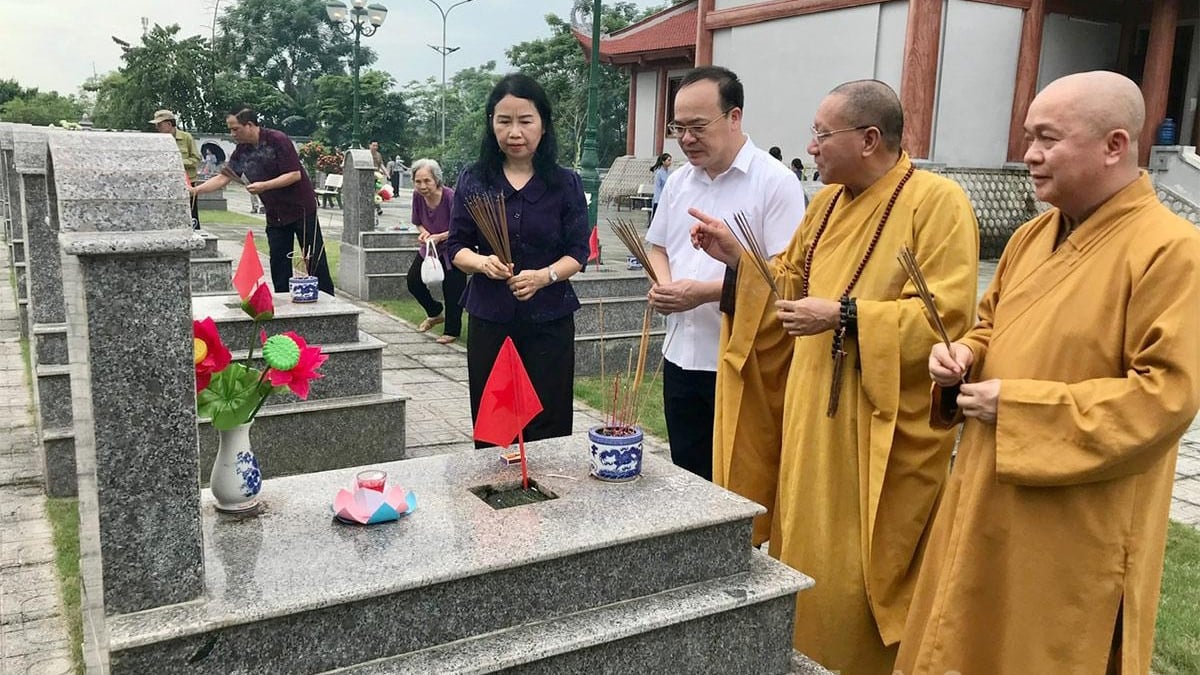
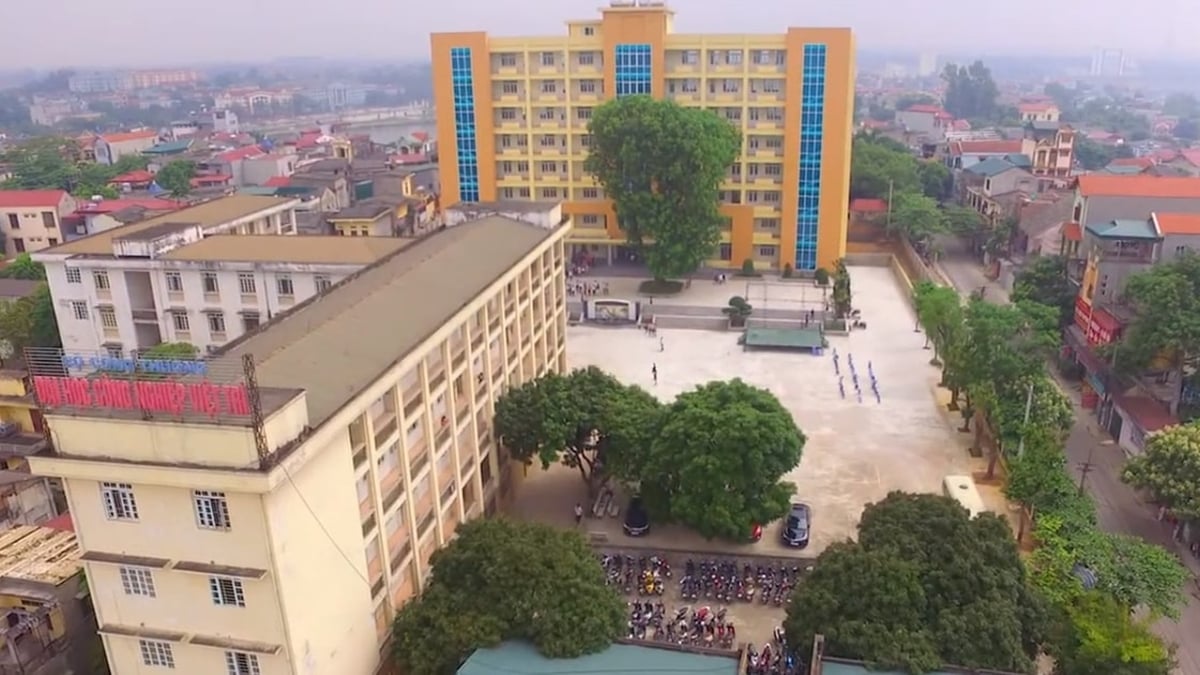

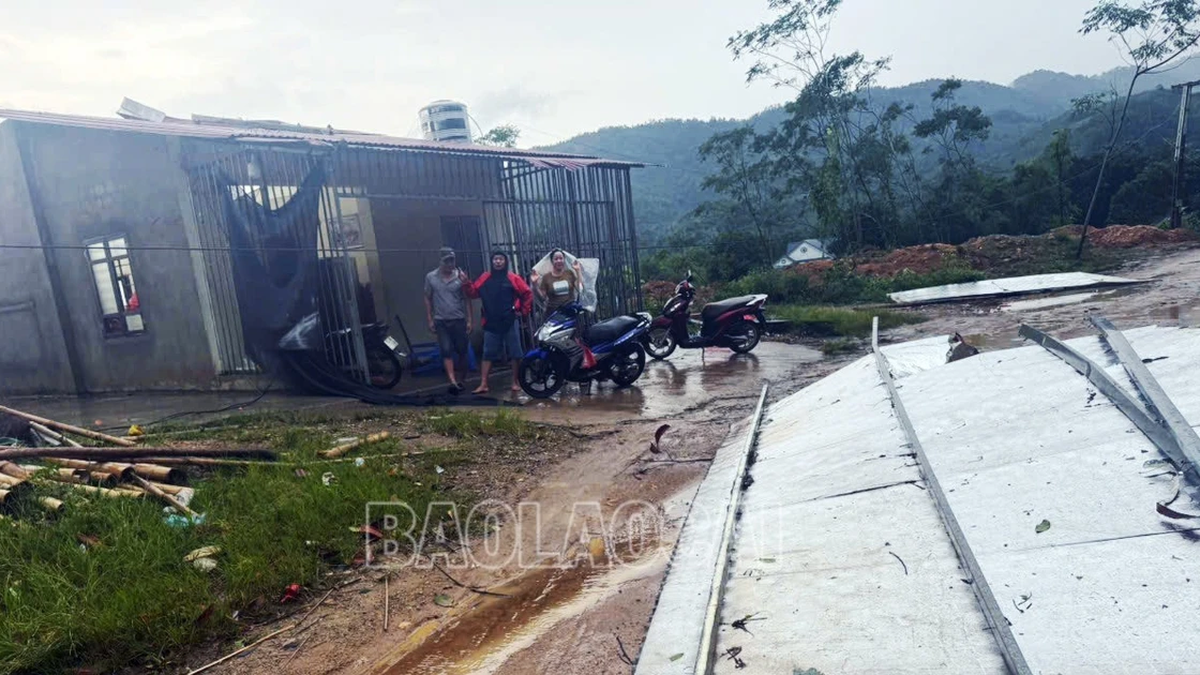

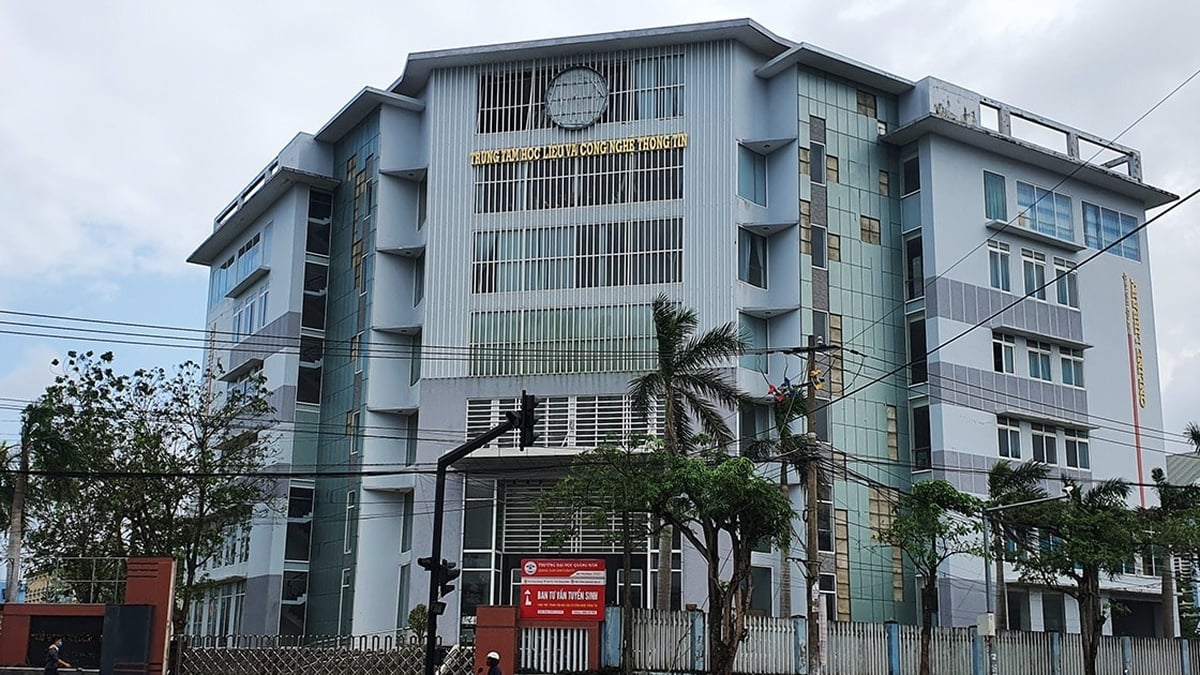

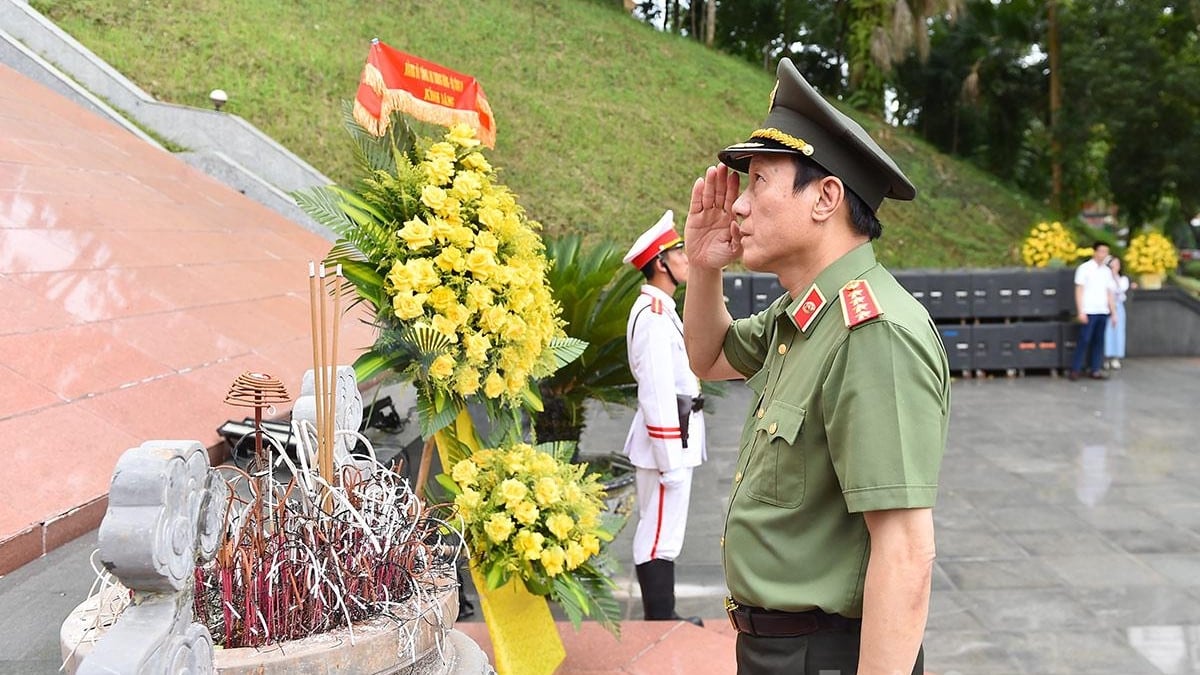

















![[Photo] National Assembly Chairman Tran Thanh Man visits Vietnamese Heroic Mother Ta Thi Tran](https://vphoto.vietnam.vn/thumb/1200x675/vietnam/resource/IMAGE/2025/7/20/765c0bd057dd44ad83ab89fe0255b783)





































































Comment (0)